Nest box week 2024
 Nest Box Week – 14th- 21st February 2024
Nest Box Week – 14th- 21st February 2024
Nest Box Week is a great opportunity to connect with the nature in your own garden and make a positive impact on local bird populations.
If you're new to the world of birdwatching and conservation, fear not! This short blog aims to help you get started on your nest box adventure. We will run through a few common garden birds and the right style/type nest box for them as it is important to consider the right size of the entrance hole for different birds. If you have a specific bird that you’re after some more information for, just drop us an email and we’ll do our best to help you, but for now we’ve just rounded up some ‘common’ garden birds and top tips:
Blue tit – Small entrance hole, placed around 1m and 5m above ground.
Great tit – Entrance hole of 28mm diameter, placed around 1m and 5m above ground.
Coal tit – Small entrance hole, prefer boxes closer to the ground but will use higher ones if no competition from other species.
House Sparrow - Entrance hole of 32mm, placed above 2m
Tree sparrow – Entrance hole of 28mm, placed above 2m
Starling – medium sized nest box, entrance hole of 45mm, place above 2.5m with a clear flight path.
Robin – Small open fronted box, placed in vegetation hidden around 2 m high
Swift – A cavity box with oblong or half-moon entrance near the floor, placed high under eaves, or inside roof spaces in gable ends.
House Martin - Specialist cup shaped nests with entrance hold to be placed under sheltered eaves on houses.
Blackbird – Open fronted nest box, placed 1-2m above ground.
Once you’ve decided on your chosen nest box, you’ll need to find the perfect spot to place it, again this will also depend on the type of nest box. For example, Robin boxes need to be fairly low to the ground around 2 metres and very well concealed, don’t worry about a clear flight path as Robins are quite happy to jump and clamber through thick vegetation to keep away from predators.
All boxes should be placed in a quiet, sheltered area away from direct sunlight (not south facing) and harsh winds. They will need to be mounted as securely as possible on tree trunks, fence posts or walls using a sturdy bracket or mounting plate. Don’t place next boxes too close to feeders or busy areas of your garden to minimize the disturbance of nesting birds.
To help attract birds its best to place new nest boxes out as early as possible from now onwards. It can sometimes take birds a year or so to take up residence in new nest boxes so don’t lose faith if you don’t have success straight away. You can help by providing natural nesting materials such as twigs grass, feathers and animal fur/ hair to help birds build their nests. If using animal or horse hair ensure to cut this to around 2cm-3cm in length so that chicks cannot become entangled. Offer fresh water, keep feeders topped up and plant shrubs and flowers that attract insects to help out too.
Once your nest box is up just sit back and keep an eye out for occupancy. After the chicks have flown you can clean out the nest ready for the next brood.
If you have any questions please do not hesitate to send us an email to info@brinvale.com and we will do our very best to guide you
Enjoy nest box week!








